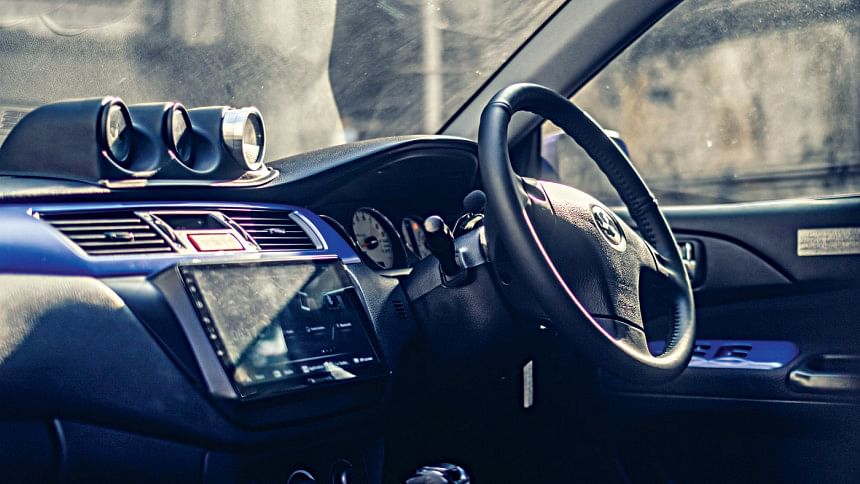Survival of the fittest Evolution

However, the CT9A cemented itself onto our consciousness to be synonymous with the word 'Lancer Evolution' despite being lamented as of late 2016 and out of 10 generations.
Change is hard. And that was certainly the case with Evolution VII as the newly christened rally car for the road received lukewarm reactions from fans. Fast and Furious movies definitely helped ease the transition as a bright green Evolution VII with a wing received significant screen time, and did the same later with a bright red Evolution VIII with a wing. Although the Lancer Evolution would have done just fine without the stardom it gained throughout the years from the Fast and Furious franchise. These cars usually raced on a Sunday and sold on Monday, as Mitsubishi had motorsport pedigree in abundance.
The 2001 World Rally Championship (WRC) saw Mitsubishi enter two different generations of the homologated Lancer Evolution due to complicated contracts Ralliart (Mitsubishi's motorsport wing) was under with the FIA. Both the outgoing CP9A Evolution 6.5 and the newly developed and WRC christened, Lancer Cedia-based Lancer WRC. This is probably why you won't see pictures of the later iterations of the CT9A as the Lancer WRC competed till as late as 2007 with little to no success.

Meanwhile, the road-going Evolution 7 shared the majority of its interior and trim components with the base Lancer. While the arches were flared and boxy, true to Evolutions of the past, the arches were wider than ever before, and the trunk spoiler was larger than ever. The turbocharged 4G63 power train was updated in terms of torque, while horsepower was capped at 276 due to the infamous gentleman's agreement between Japanese auto manufacturers. In reality, most performance cars made power well above the agreed threshold.
2001 was a year of many firsts for the Mitsubishi brand, for they offered a dialled down automatic Evolution for the first time. The Tiptronic Evo brandished the 'GT-A' badge on the grille and on the trunk, which wasn't the only distinguishing feature from its manual variants. The interior received chrome trims throughout the door handles and the tachometer, while the elephant in the room was the 5-speed automatic gear shifter. The seats were plusher than the hardcore Recaro in the other car. The GT-A also received a different steering wheel and a tachometer to house the PRNDL gauges, which many fans would say was quite ugly. Meanwhile, the bumpers were different from the GSR, as the GT-A had a nostril-less front bumper, a sleeker hood with no meshed scoop for added ventilation, and a shortened trunk, therefore, boot. While the clear tail lamps are a dead giveaway while distinguishing a GT-A. The GT-A, therefore, was a viable daily driven alternative, years before the final evolution debuted with the automatic SST gearbox, too many dull econoboxes on the market since it made significantly less power than its GSR brethren.
This matte, Sonic the Hedgehog-like blue Evolution VII is slightly modified but still within the realms of OEM specifications, and for sale, courtesy of The Motor Company. The Evolution 8 Enkei wheels suit the polarising paint job better than the diamond cut 17" the Evolution 7 wore and are sitting on Blitz coil-overs while the boot spoiler has been upgraded to the bigger GSR wing. The hood has also been replaced with a lighter GSR carbon fibre hood, and the interior is brought up to date with an android infotainment system.

With Mitsubishi killing off the Evolution nameplate, these potent turbocharged AWD sedans are soon to be a relic of the past as global powers are doubling down on extinguishing the internal combustion engine, which is why now is as good a time as any to own a Lancer Evolution.

Photos: Ahbaar Milky

 For all latest news, follow The Daily Star's Google News channel.
For all latest news, follow The Daily Star's Google News channel. 








Comments